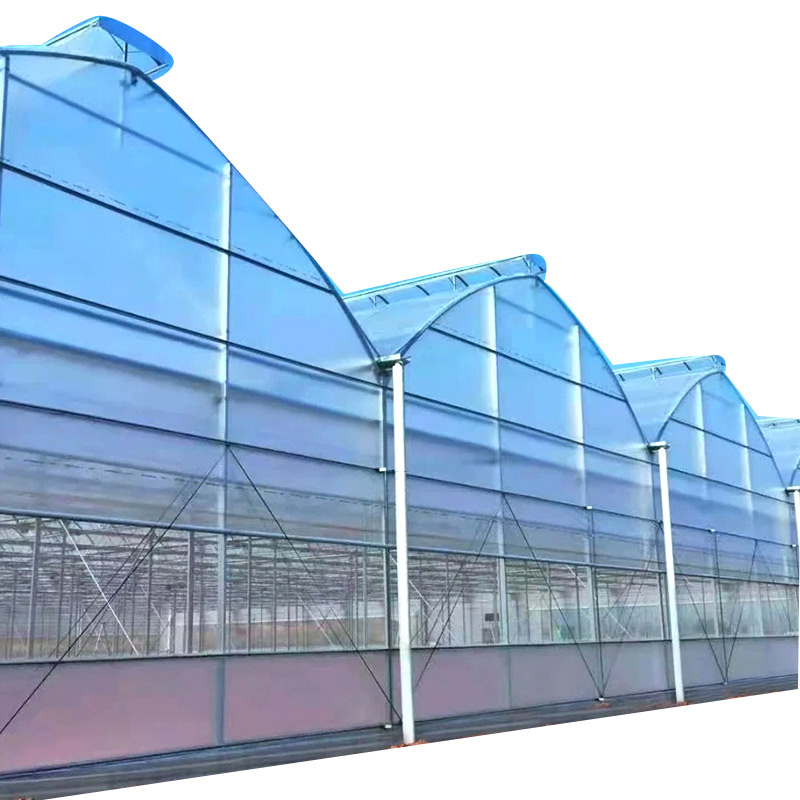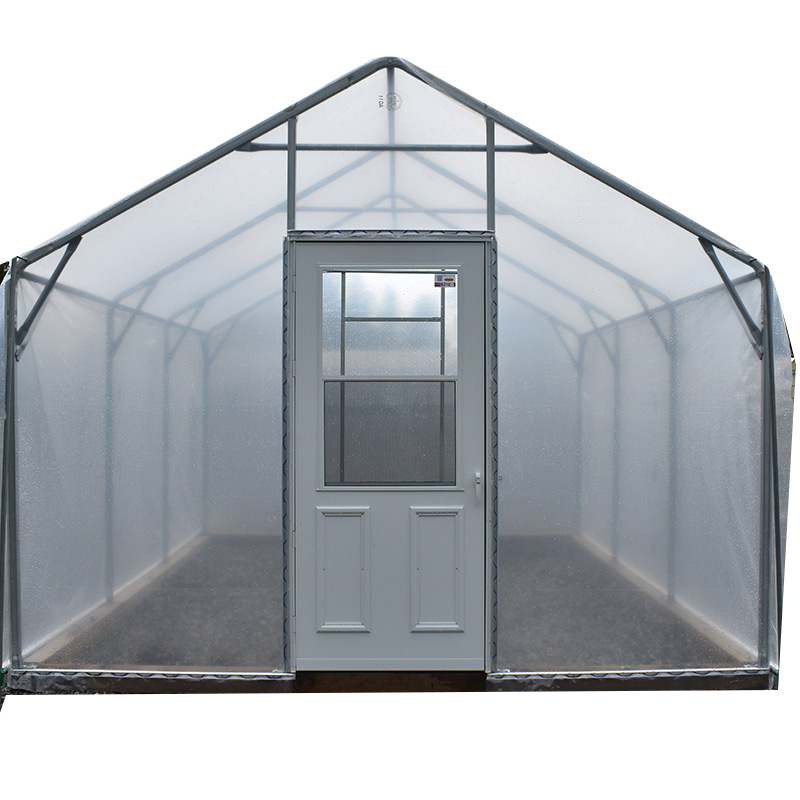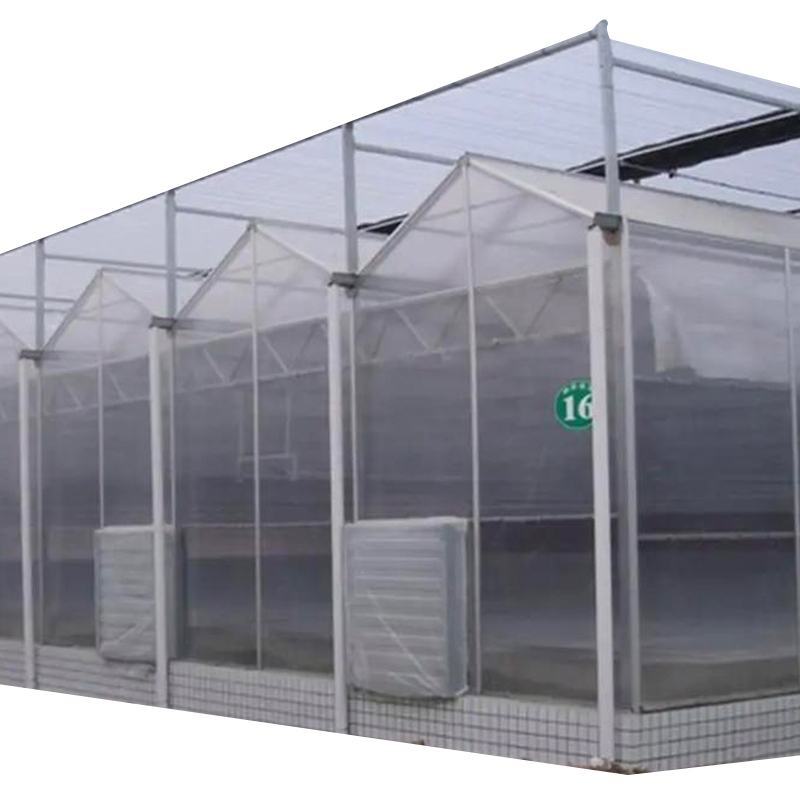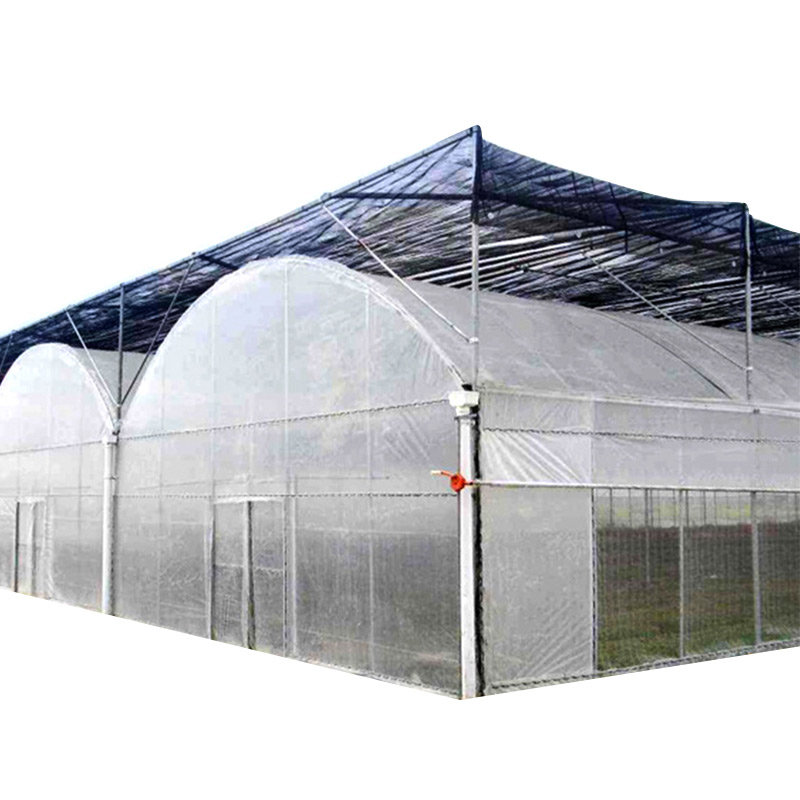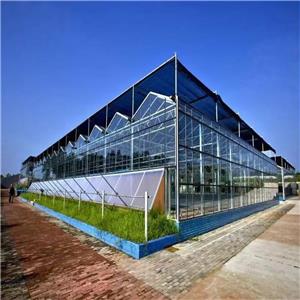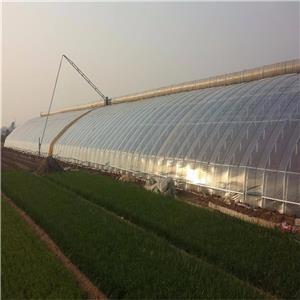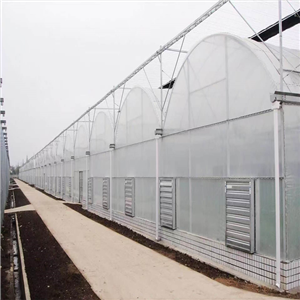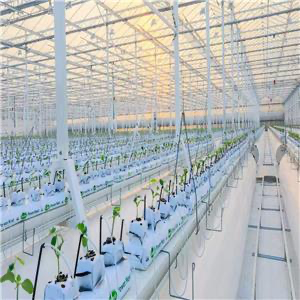
modern film greenhouse,climate controlled film greenhouse and seeding rasing type film greenhouse a cutting-edge agricultural structure that combines high-performance plastic films with smart climate control for year-round crop production. Designed for both commercial growers and research institutions, it offers superior environmental management at a lower cost than traditional glass greenhouses.
Modern Climate Control Dome-shaped Seeding Rasing Film Greenhouse
1. Executive Summary
The modern film greenhouse, climate controlled film greenhouse and seeding rasing type film greenhouse represent a revolutionary approach to seedling production, combining advanced architectural design with precision environmental control systems. This 3000-word technical guide provides an in-depth examination of a structure specifically engineered to optimize the propagation of high-quality seedlings for commercial agriculture, horticulture, and reforestation projects.
This innovative greenhouse system integrates:
Geodesic dome architecture for superior structural performance
Multi-layer specialized film technology for optimal light diffusion
Automated climate control systems for precise environmental management
Energy-efficient design principles for sustainable operation
Smart monitoring technologies for data-driven cultivation
Field tests demonstrate 40-50% faster germination rates and 30-35% stronger seedling development compared to conventional propagation houses, while reducing energy consumption by up to 45%.
2. Architectural Design & Structural Engineering of modern film greenhouse, climate controlled film greenhouse and seeding rasing type film greenhouse
2.1 Geodesic Dome Configuration
Structural Geometry:
3V icosahedron pattern (triangular facets)
Base diameter options: 8m, 12m, 16m
Height-to-diameter ratio: 0.42 (optimal for air circulation)
Load-Bearing Performance:
Snow load capacity: 60kg/m²
Wind resistance: 130km/h (hurricane-force winds)
Seismic stability: 8.0 magnitude earthquake resistant
2.2 Framework Specifications
| Component | Material Specification | Performance Characteristics |
|---|---|---|
| Primary Struts | Aircraft-grade aluminum alloy (6061-T6) | Yield strength: 275MPa |
| Connectors | Hot-dip galvanized steel (Z275 coating) | Corrosion resistance: 25+ years |
| Foundation | Reinforced concrete ring beam | Frost depth penetration: +30cm |
2.3 Space Optimization Features
Vertical Propagation System:
5-tier adjustable growing tables
360° rotating seedling platforms
Automated elevation control
Floor Plan Efficiency:
Central working aisle: 1.2m width
Growing area utilization: 85% of total space
Modular sector division for crop rotation
3. Advanced Film Technology of modern film greenhouse, climate controlled film greenhouse and seeding rasing type film greenhouse
3.1 Multi-layer Composite Film
Layer Construction:
Outer: 0.08mm UV-stabilized PO (5-year warranty)
Middle: 0.03mm EVA light-diffusing layer
Inner: 0.05mm anti-condensation coating
Optical Properties:
PAR transmission: 93% (400-700nm)
Light diffusion: 75% haze
UV-B blocking: 98% (280-315nm)
3.2 Thermal Performance
Insulation Characteristics:
U-value: 2.6 W/(m²·K)
IR retention: 85% (nighttime)
Condensation prevention: surface contact angle >110°
Specialized Features:
Photoselective wavelength filtration
Self-cleaning nanocoatings
Anti-fog additives
4. Climate Control Systems of modern film greenhouse, climate controlled film greenhouse and seeding rasing type film greenhouse
4.1 Temperature Management
Heating Systems:
Underbench hot water pipes (40°C max)
Air-to-air heat recovery ventilation
Phase change material panels (18-22°C range)
Cooling Systems:
Pad-and-fan cooling (30cm cellulose pads)
High-pressure fogging (7μm droplets)
Retractable shade screens (50-90% density)
4.2 Humidity Control
RH Management Range: 65-95% (±3% accuracy)
Systems Integration:
Ultrasonic humidifiers (15L/hr capacity)
Condensate recovery channels
VPD-based automation algorithms
4.3 CO₂ Enrichment
Target Concentration: 800-1200ppm
Delivery Methods:
Compressed gas injection
Combustion generators (propane)
Biological CO₂ production
5. Smart Monitoring & Automation of modern film greenhouse
5.1 Sensor Network
Environmental Sensors:
Air/soil temperature (3-depth profiling)
Leaf wetness detection
PAR intensity (μmol/m²/s)
Substrate EC/pH
System Performance Sensors:
Film surface temperature
Water flow rates
Energy consumption
Remote Management:
Cloud-based monitoring platform
Mobile app alerts
Predictive analytics
6. Seedling Production Optimization of modern film greenhouse
6.1 Propagation Performance
| Crop Type | Germination Rate | Transplant Ready | Survival Rate |
|---|---|---|---|
| Vegetables | 98-99% | 18-25 days | 96% |
| Ornamentals | 95-97% | 30-45 days | 93% |
| Tree Seedlings | 90-92% | 60-90 days | 88% |
6.2 Quality Improvements
Stem Diameter: 25-30% increase
Root Mass: 40-45% greater development
Lignification: 2-3 days faster
Disease Resistance: 50% reduction in damping-off
7. Energy Systems & Sustainability of modern film greenhouse
7.1 Renewable Energy Integration
Photovoltaic System:
Semi-transparent solar panels (25% coverage)
3kW standard capacity
Net-zero energy operation potential
Solar Thermal:
Evacuated tube collectors (200L storage)
Ground-source heat exchange
7.2 Water Management
Conservation Features:
Condensate recovery (85% efficiency)
Closed-loop irrigation
Substrate moisture sensors
8. Operational Protocols of modern film greenhouse
8.1 Sanitation Procedures
Between Crop Cycles:
Steam sterilization (80°C for 60min)
Hydrogen peroxide vapor treatment
Daily Maintenance:
Surface disinfection
Footbath entry systems
Tool sterilization
8.2 Monitoring Schedule
Continuous:
Substrate moisture
CO₂ levels
Light intensity



